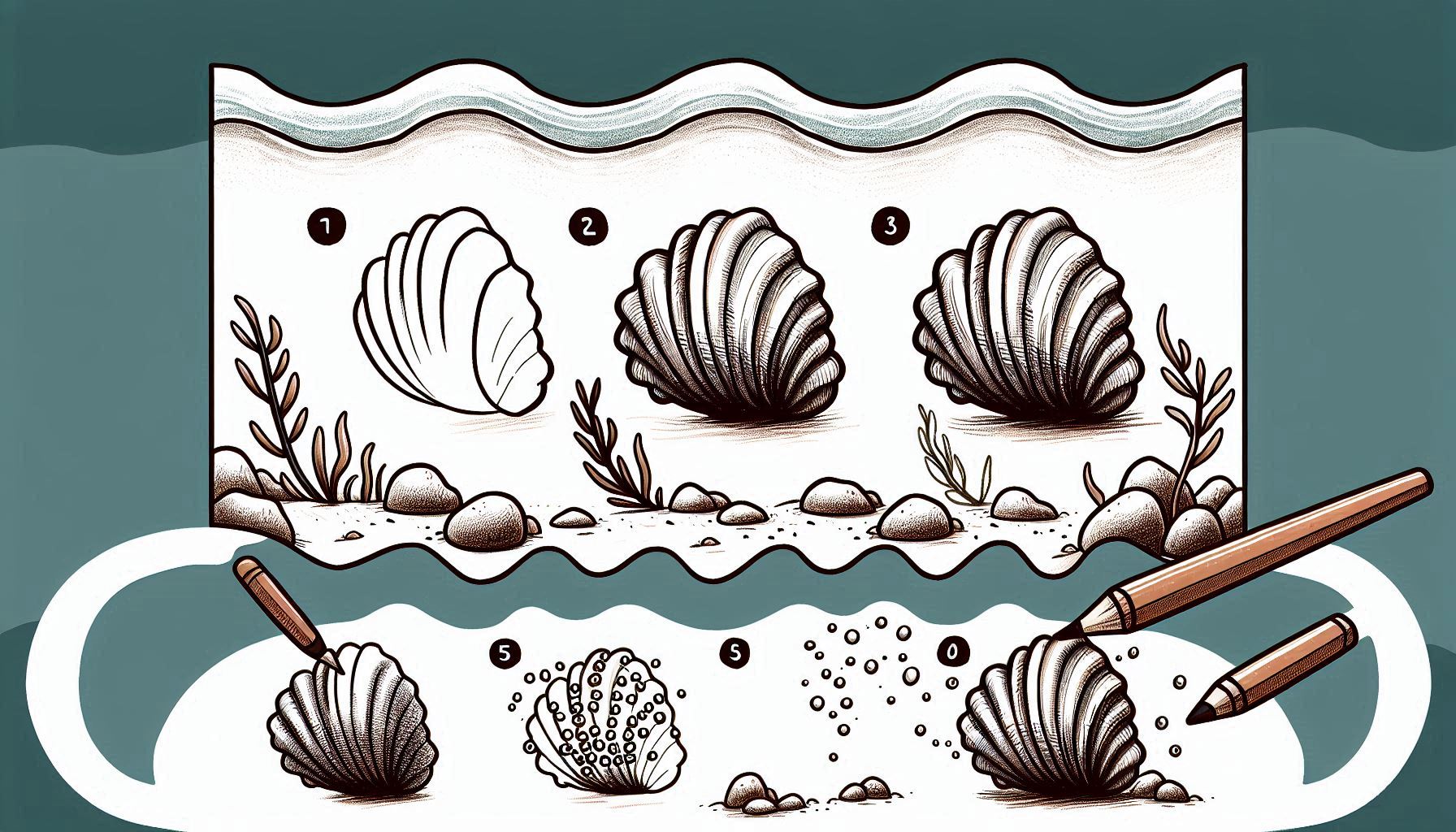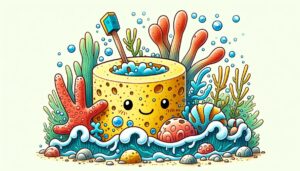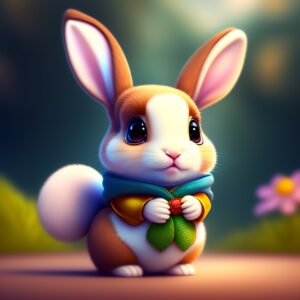Creating a barnacle might appear to be a simple task, but it’s a thrilling journey! Barnacles are fascinating sea creatures that have the ability to attach themselves to various surfaces such as rocks, boats, and even whales. They have captivating shapes and textures that make them an intriguing subject to draw. Let’s gather our pencils and dive into the fascinating world of barnacles as we take on an artistic journey together!
Table of Contents
Themes
The Joy of Creating Distinctive Textures
Creating a barnacle drawing is incredibly enjoyable as it allows you to capture the unique textures that make them so fascinating. Exploring the intricate details of barnacles can be quite fascinating. You’ll have the opportunity to employ various techniques to enhance the realism and intricacy of your drawing.
The Difficulty of Capturing Tiny Elements
Children might be small, but they are full of intricate details! Creating illustrations can enhance your ability to concentrate on intricate details and delicate strokes, thereby enhancing your dexterity and mastery of drawing utensils. This challenge will enhance your artistic skills by encouraging you to observe and appreciate the finer details.
The Excitement of Discovering Marine Life
Exploring marine life through drawing can be a fascinating and educational experience! These small beings play a crucial role in ocean ecosystems, and gaining knowledge about their form and composition allows us to better grasp the incredible variety of marine life. It’s an enjoyable way to explore the wonders of nature and gain knowledge about the ocean.
Steps: How to Draw a Barnacle
Step 1: Basic shape
Begin by drawing a small oval or irregular circle as the foundation for the barnacle. This shape is perfect for attaching to surfaces such as rocks or boats. The base doesn’t have to be perfectly round. Barnacles often have uneven shapes, which gives them a unique appearance.
Next, it’s time to add the vertical plates.
Next, create multiple short, vertical lines extending upwards from the edges of the base. These lines will create the shell plates of the barnacle. Barnacles usually have around six plates, but you have the option to add or remove some for a bit of variety. The lines should have a gentle inward curve towards the top, creating a tapered appearance for the plates.
Step 3: Create the Opening
On the top of the barnacle, draw a tiny opening. This is the location where the barnacle’s feeding appendages, known as cirri, extend when they are submerged in water. The opening can be a basic circle or an oval shape, and it should be positioned in the middle of the shell plates.
Step 4: Enhance Shell Texture and Add Intricate Details
Now, let’s enhance the texture of the barnacle’s shell plates. Utilize small, curved lines to depict a rough and bumpy texture, which effectively portrays the sturdy exterior of the object. The lines should follow the natural curve of the plates, creating a three-dimensional appearance.
Step 5: Add the cirri if desired.
If you want to enhance the realism of your barnacle, consider drawing the cirri extending from the opening. Barnacles utilize cirri, which are delicate appendages, for their feeding process. To create a drawing, you can sketch a few delicate, curved lines extending from the opening. Each line should have delicate branches or fringed edges to imitate the look of the cirri.
Step 6: Polish the Outline
With a darker pencil or pen, carefully trace over the outline of your barnacle to ensure that all the plates, textures, and cirri are clearly defined. Remove any additional instructions to tidy up your drawing and get it ready for shading and adding intricate details.
Step 7: Enhance with Shading and Highlights
To enhance the realism of your barnacle drawing, consider incorporating shading techniques to add depth and texture. This will bring your artwork to life and make it more visually appealing. Use gentle, smooth strokes to create shading in areas where the plates intersect and around the opening. You can also enhance certain areas by keeping them lighter or using an eraser to lighten specific spots on the shell that would catch light.
Theme 1: Exploring the Joy of Creating Distinctive Textures through Drawing
Barnacles have interesting, textured surfaces that can be quite enjoyable to draw. By directing your attention towards their tough, textured exteriors, you can refine your shading skills and produce a meticulously realistic illustration. It’s a fantastic method to enhance your skills and make your artwork truly shine!
Theme 2: The Difficulty of Depicting Tiny Elements
Practicing drawing a barnacle can improve your ability to capture intricate details, such as the delicate lines on the shell plates and the tiny cirri. This challenge will help you enhance your precision and control, allowing you to become a more skilled artist. It’s a wonderful way to pay attention to the small details that make a drawing unique!
Theme 3: Discovering the Wonders of the Ocean
Exploring marine life and understanding more about ocean creatures can be an enjoyable experience through learning to draw a barnacle. These adorable creatures play a vital role in their ecosystems, and capturing their image allows you to truly admire their distinct shapes and textures. It’s a wonderful opportunity to explore the wonders of nature and gain knowledge about the ocean.
Conclusion
Creating a barnacle drawing can be an enjoyable and fulfilling activity that allows for the exploration of distinct textures, honing of small detail drawing skills, and gaining knowledge about marine life. By following these steps and themes, you can create a realistic drawing that beautifully captures your talent and passion for the ocean. Get ready to unleash your creativity as you pick up your pencils and immerse yourself in the captivating world of marine art. Let your imagination run wild as you bring to life a barnacle that appears as if it’s waiting to be discovered on a rocky seabed. Enjoy the process and have a blast!
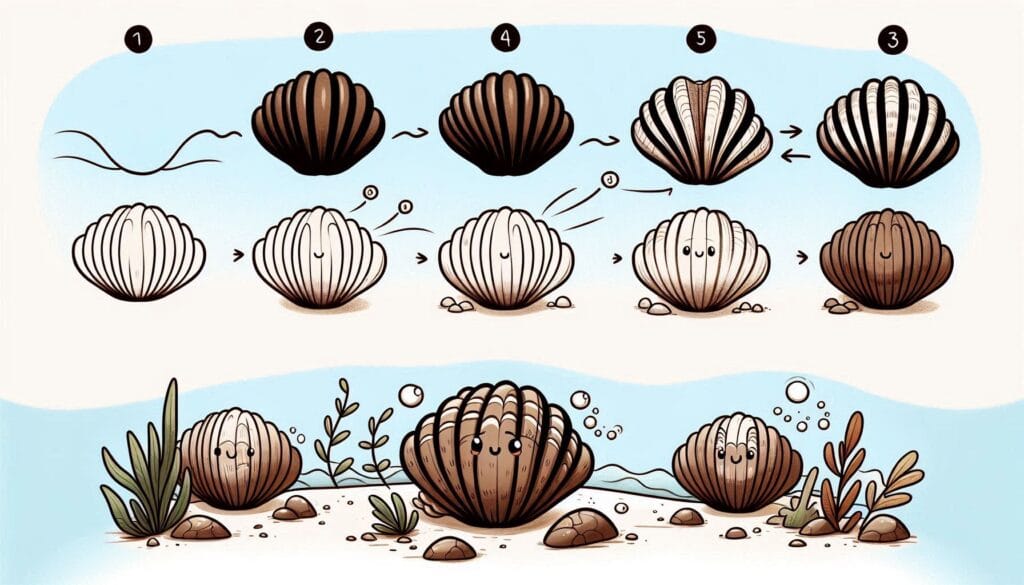
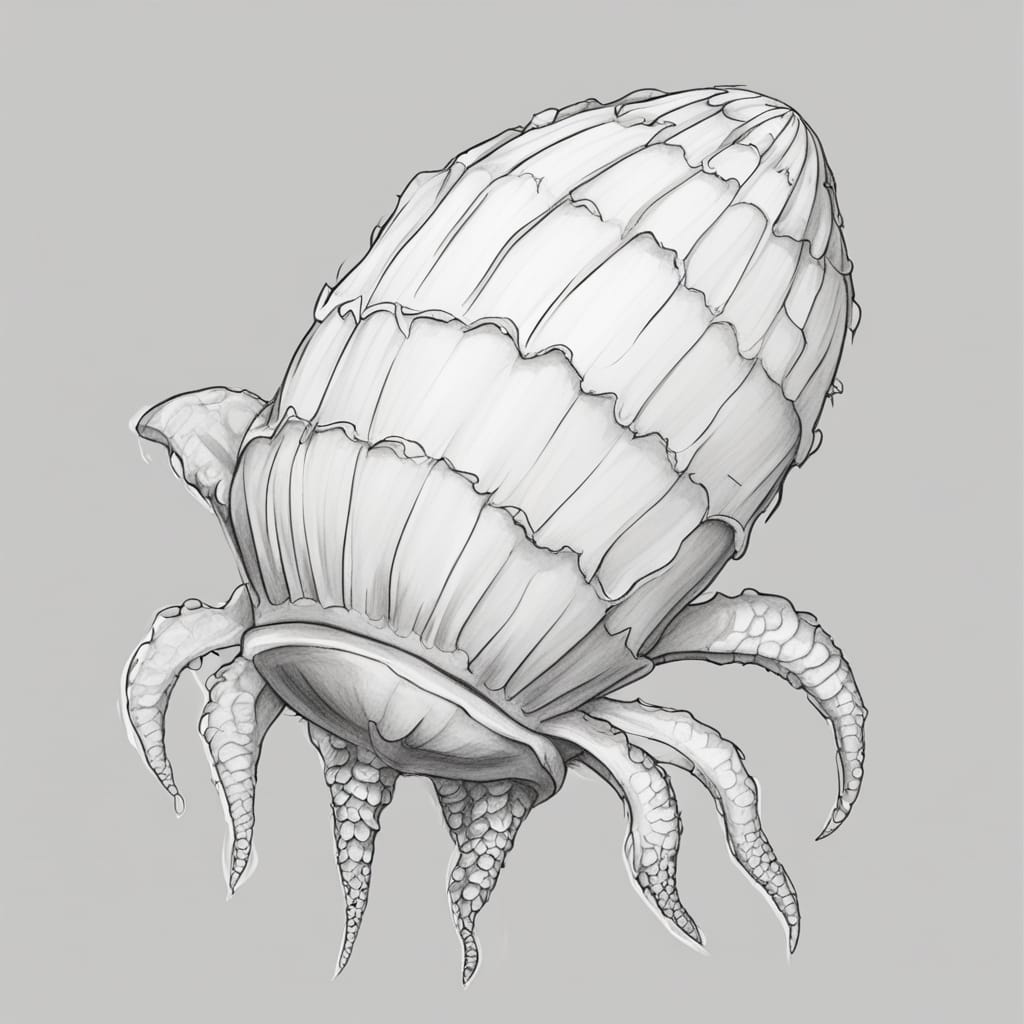
For a super fun and simple guide on how to draw a prawn, you can find step-by-step instructions right here! This fun tutorial offers easy steps, allowing young creators to dive into their imagination while discovering these amazing sea creatures!

